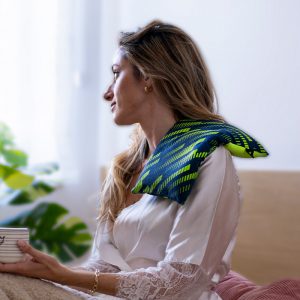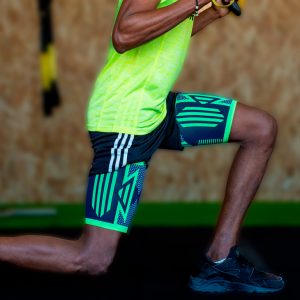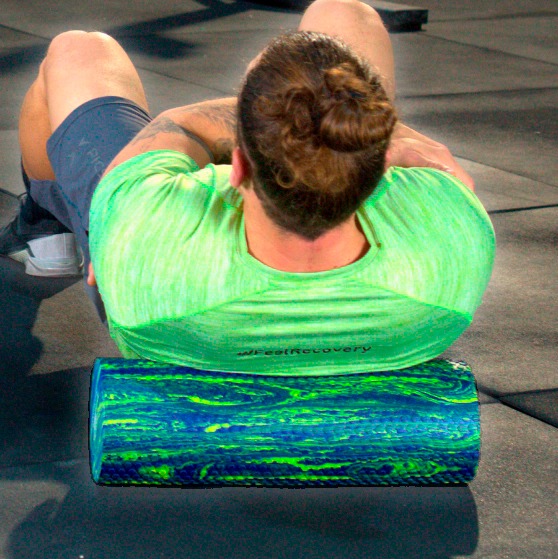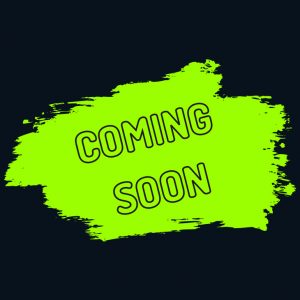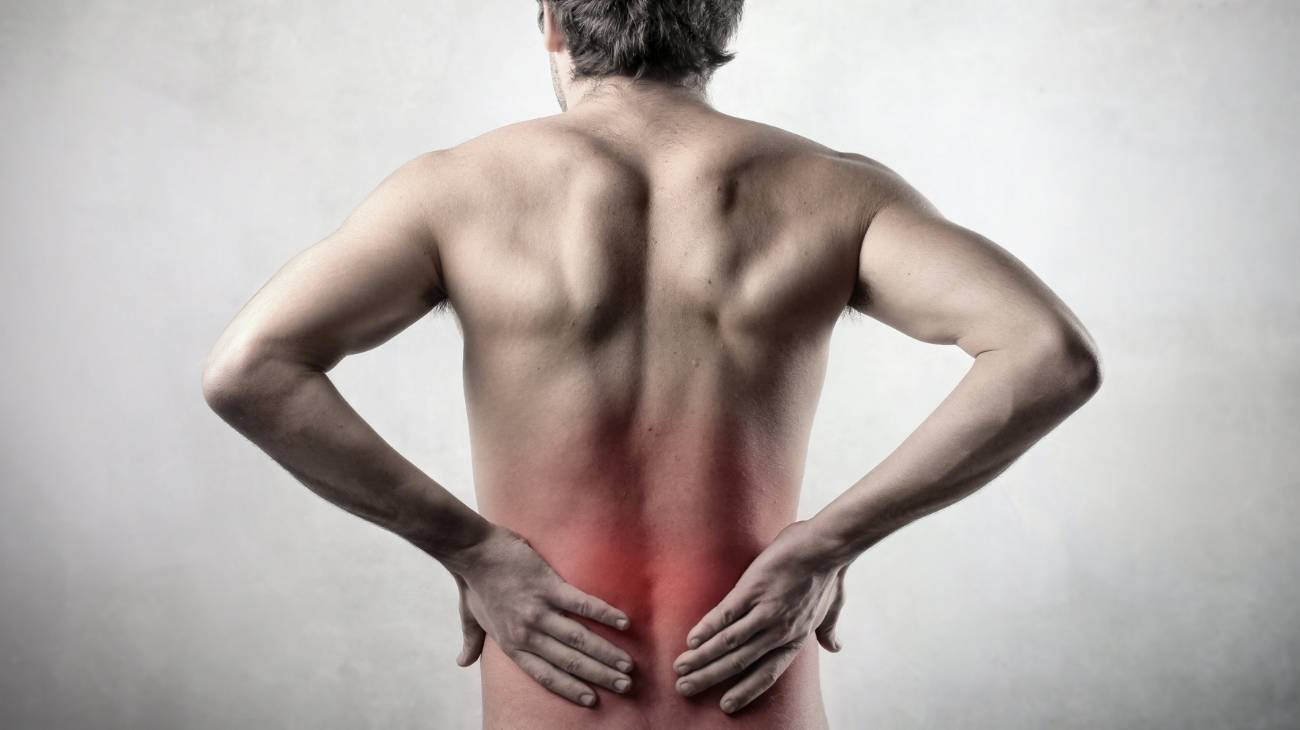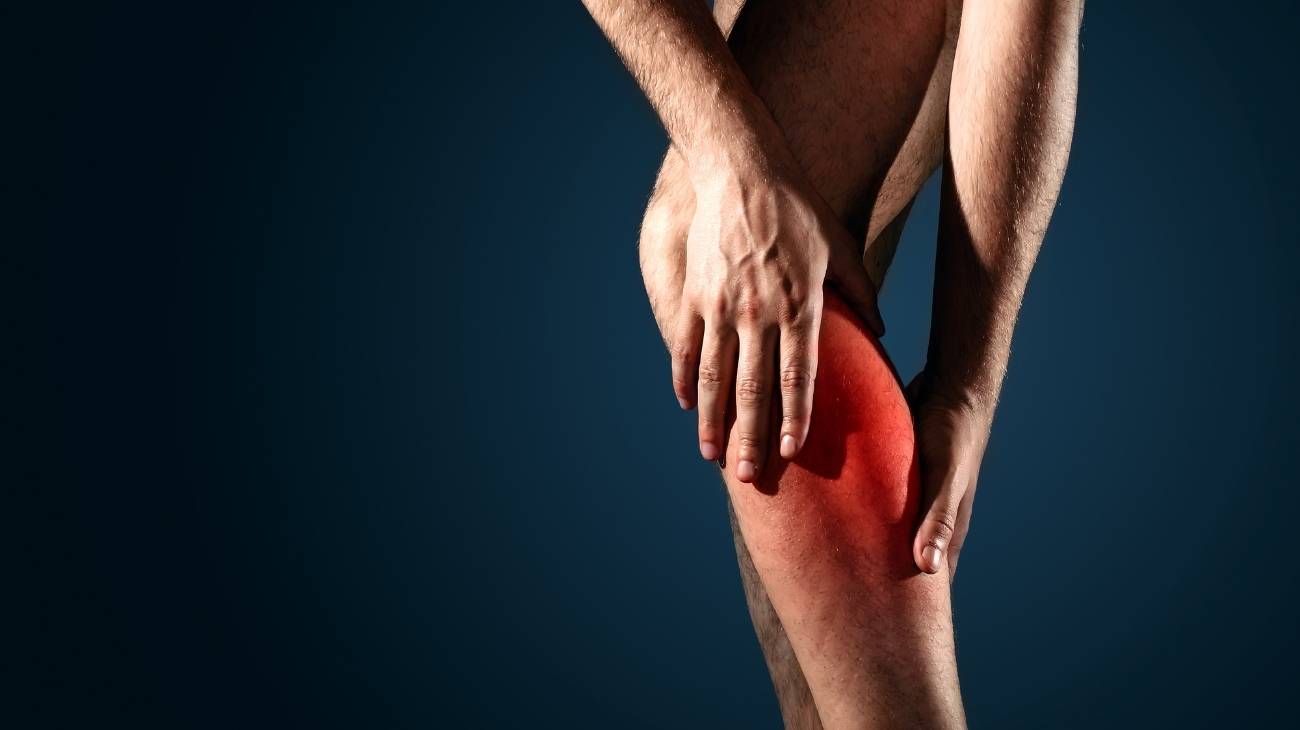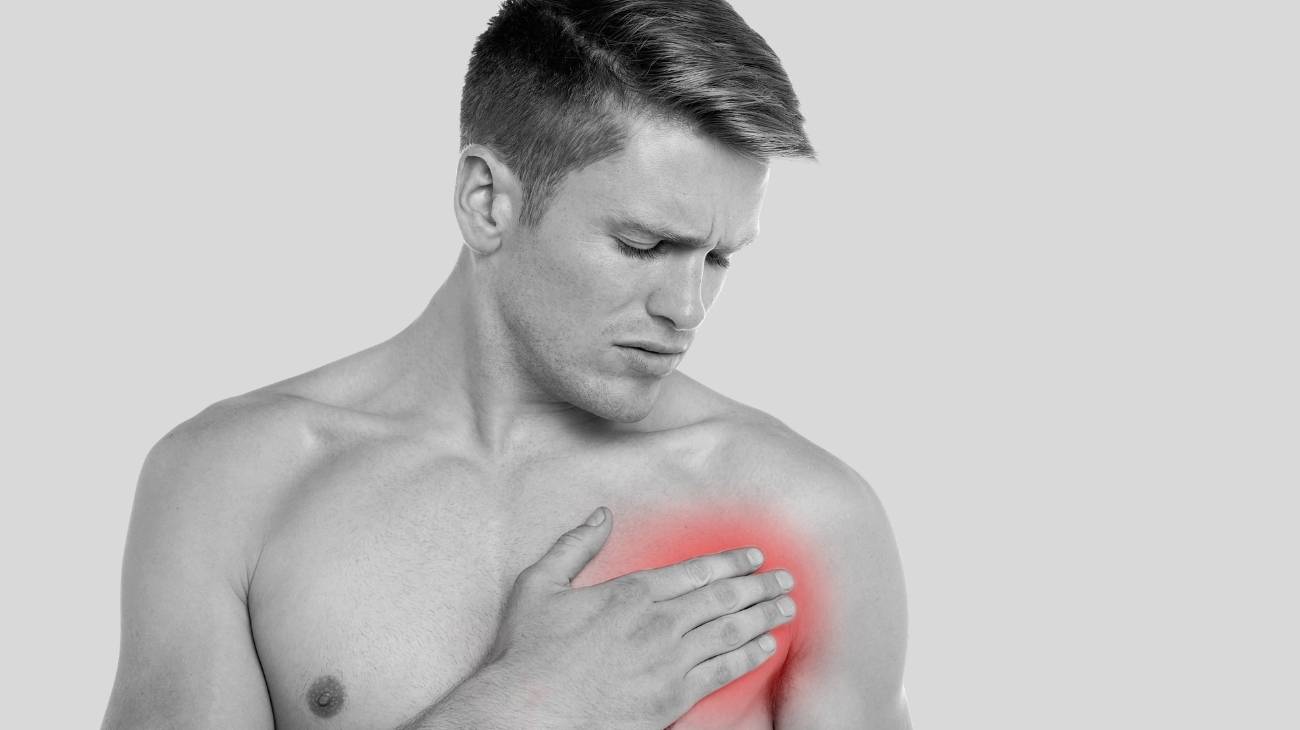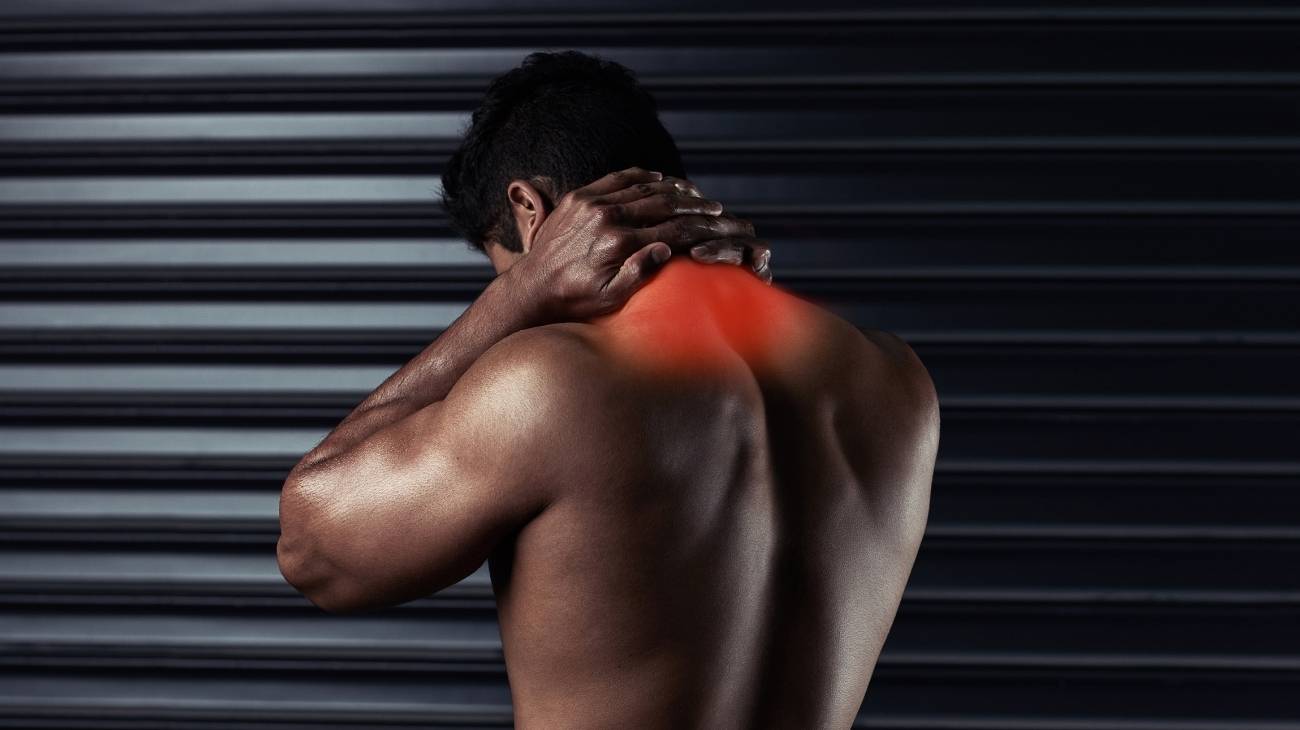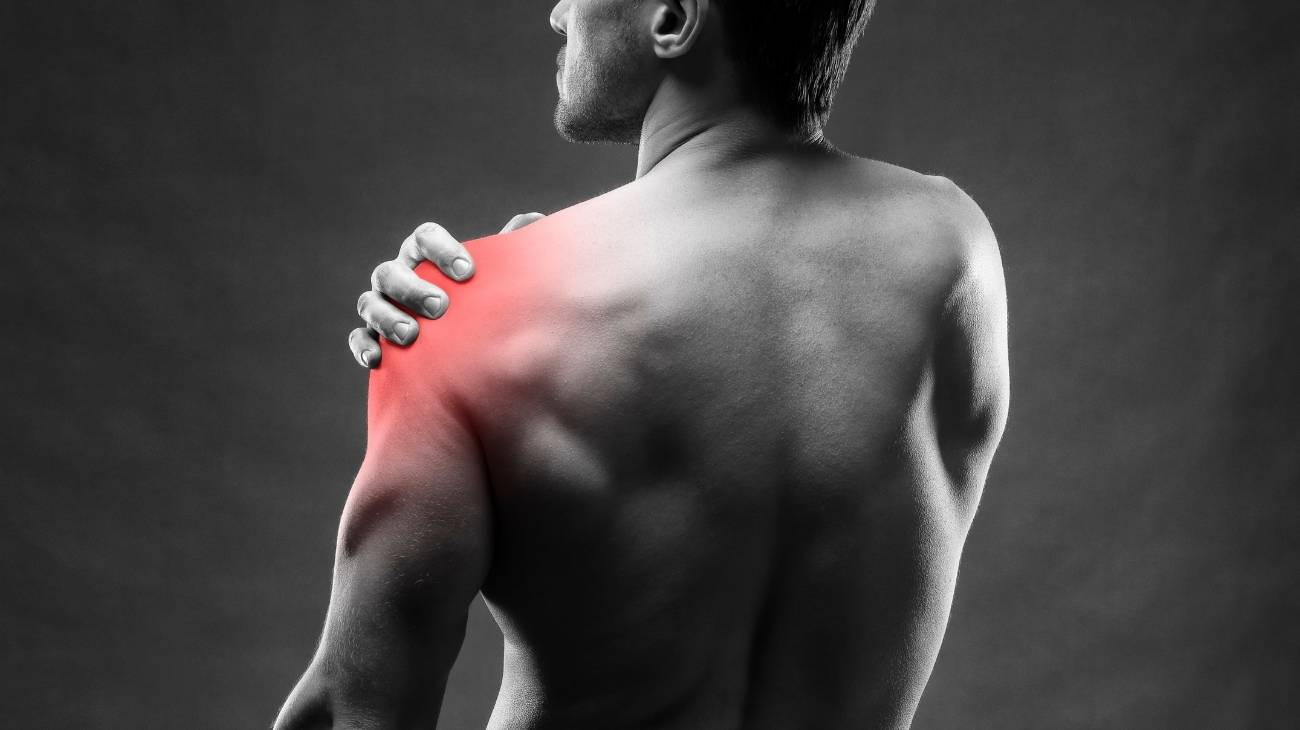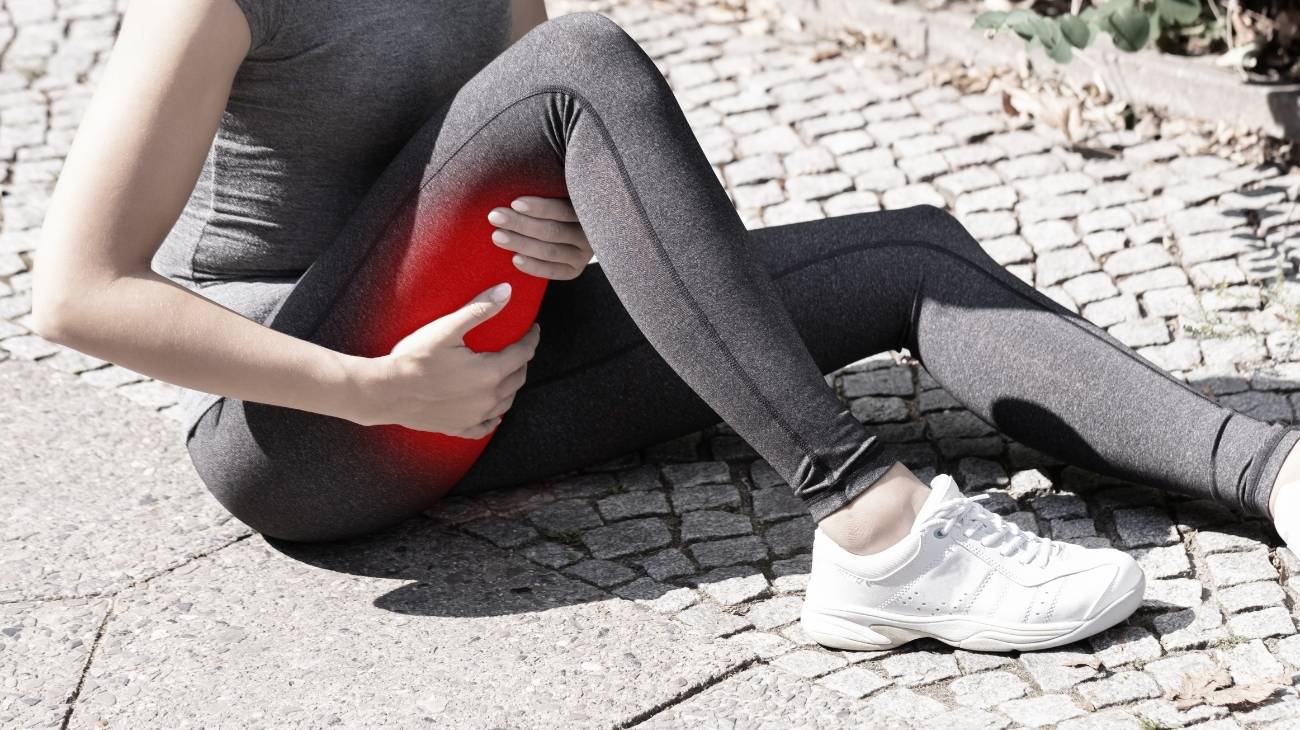Neck muscle strains, often referred to as whiplash, occur due to sudden, forceful movements that stretch or tear the neck muscles and ligaments. This injury is commonly associated with car accidents, sports impacts, or abrupt head movements. Symptoms can include stiffness, pain, reduced range of motion, and headaches. Using the right recovery tools and methods is essential to alleviate discomfort and restore mobility.
Neck braces and collars are highly effective in stabilizing the neck and preventing further strain. These products support proper alignment, reduce stress on the muscles, and allow the injured tissues to heal. Look for adjustable braces made from breathable materials for optimal comfort and wearability during recovery.
Cold therapy is vital in the initial phase of treatment. Applying cold packs or wraps to the neck reduces swelling, numbs pain, and limits inflammation. Immediate cold application following a neck strain can significantly minimize discomfort and speed up the healing process.
After the inflammation subsides, heat therapy becomes beneficial. Heat wraps or pads improve blood flow, relax tense muscles, and alleviate stiffness. Regular application of heat therapy prepares the neck for stretching and strengthening exercises, promoting a quicker recovery.
Massage therapy is another effective recovery method. Using massage rollers or handheld massagers on the neck can relieve tension, break down scar tissue, and improve circulation. Incorporating massage into your recovery plan not only accelerates healing but also enhances long-term neck health.
For advanced pain management, TENS units (Transcutaneous Electrical Nerve Stimulation) are an excellent option. These devices deliver gentle electrical impulses to the affected area, interrupting pain signals and stimulating endorphin release. TENS therapy provides non-invasive, drug-free relief for whiplash pain.
Rehabilitation exercises play a crucial role in restoring strength and flexibility to the neck. Resistance bands and neck-specific mobility tools are perfect for safely rebuilding muscle function. Gradual exercise routines help improve range of motion while minimizing the risk of re-injury.
To support your recovery journey, maintaining good posture and practicing relaxation techniques are equally important. Pairing high-quality recovery tools with consistent care ensures a faster return to normal activities. Feel Recovery offers innovative products designed to meet your specific rehabilitation needs.
FAQ: Frequently Asked Questions
What is the best immediate treatment for whiplash?
The best immediate treatment involves rest, cold therapy, and neck stabilization. Applying a cold pack and using a neck brace can minimize swelling and alleviate pain effectively.
How does a neck brace help with recovery?
A neck brace stabilizes the neck, reducing strain on the muscles and ligaments. It ensures proper alignment, allowing the injured tissues to heal without further stress.
When should I use heat therapy for neck strains?
Heat therapy is recommended after the initial swelling has subsided. It helps relax tight muscles, improves circulation, and reduces stiffness, making it ideal for later recovery stages.
Are TENS units effective for neck muscle strain pain?
Yes, TENS units are highly effective. They deliver electrical impulses that block pain signals, providing relief and promoting natural endorphin release.
What exercises are safe for whiplash recovery?
Safe exercises include gentle neck stretches and resistance band movements. Focus on improving mobility and strength gradually, under professional guidance if needed.

